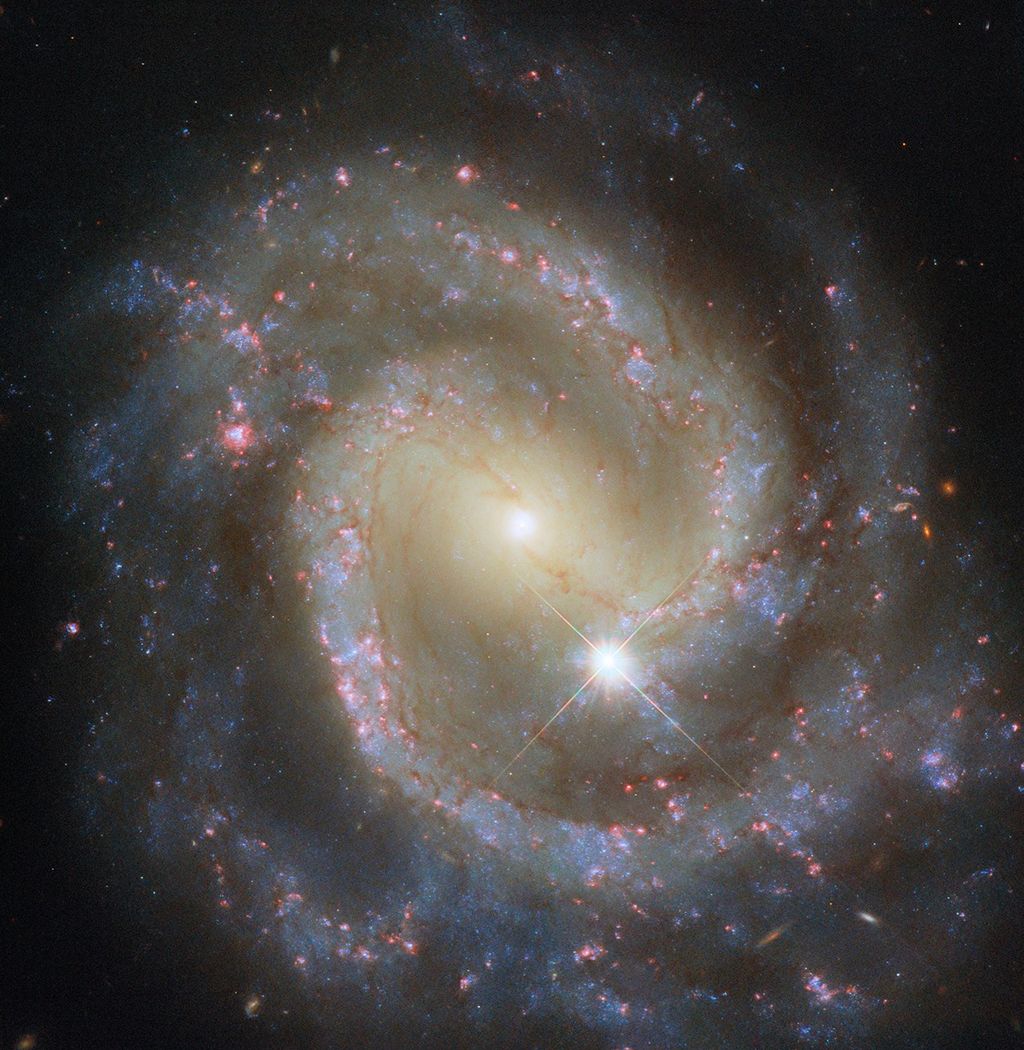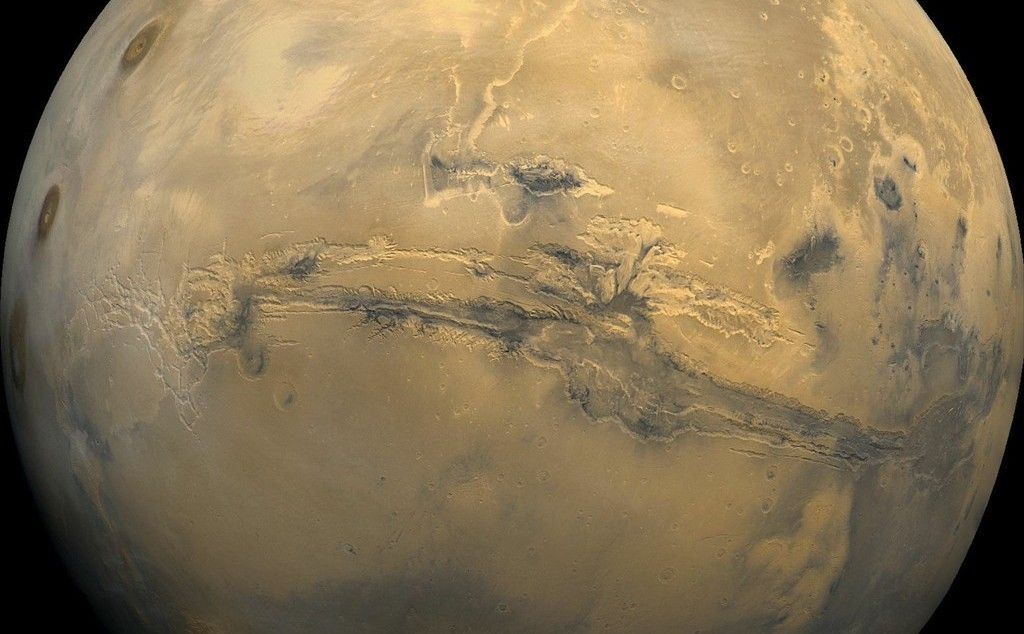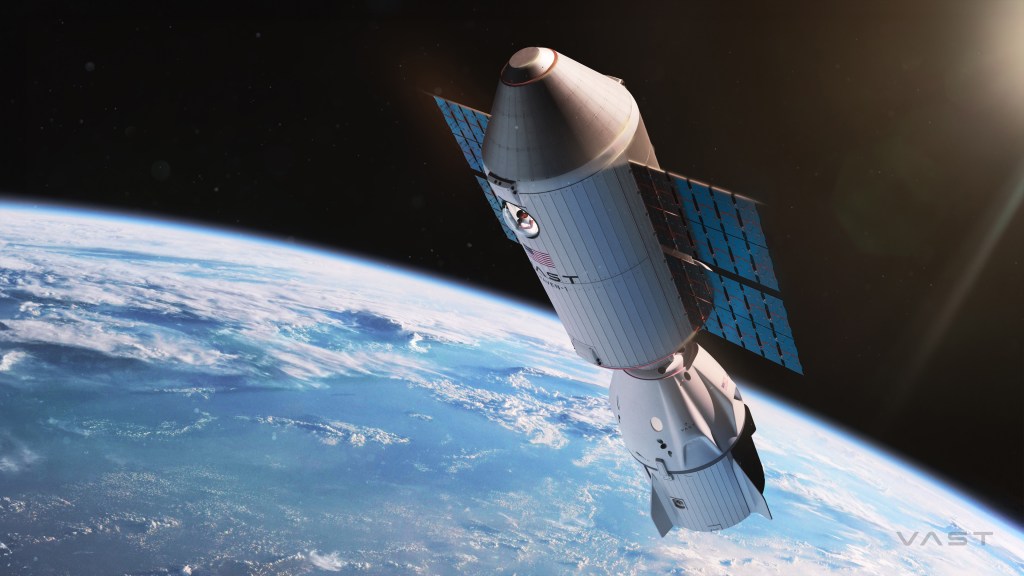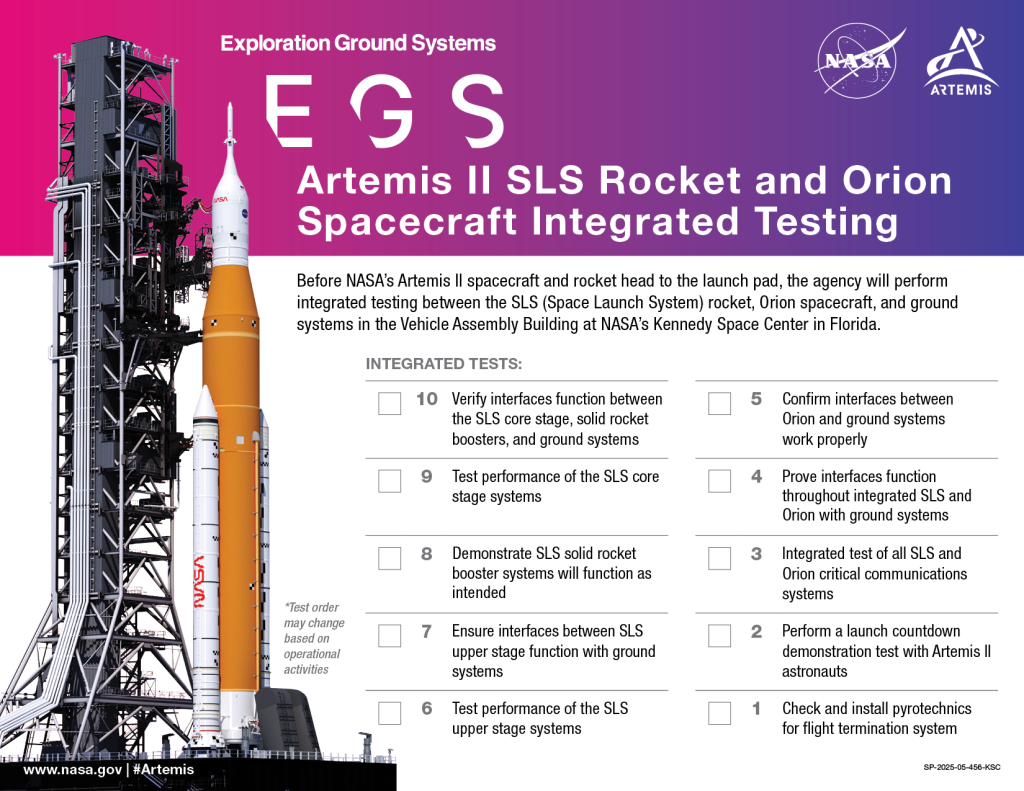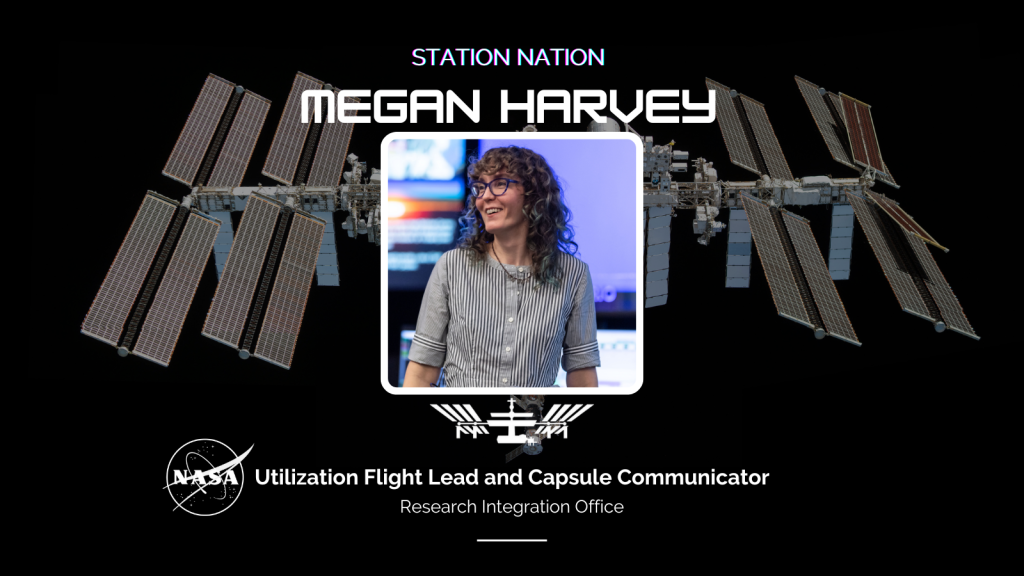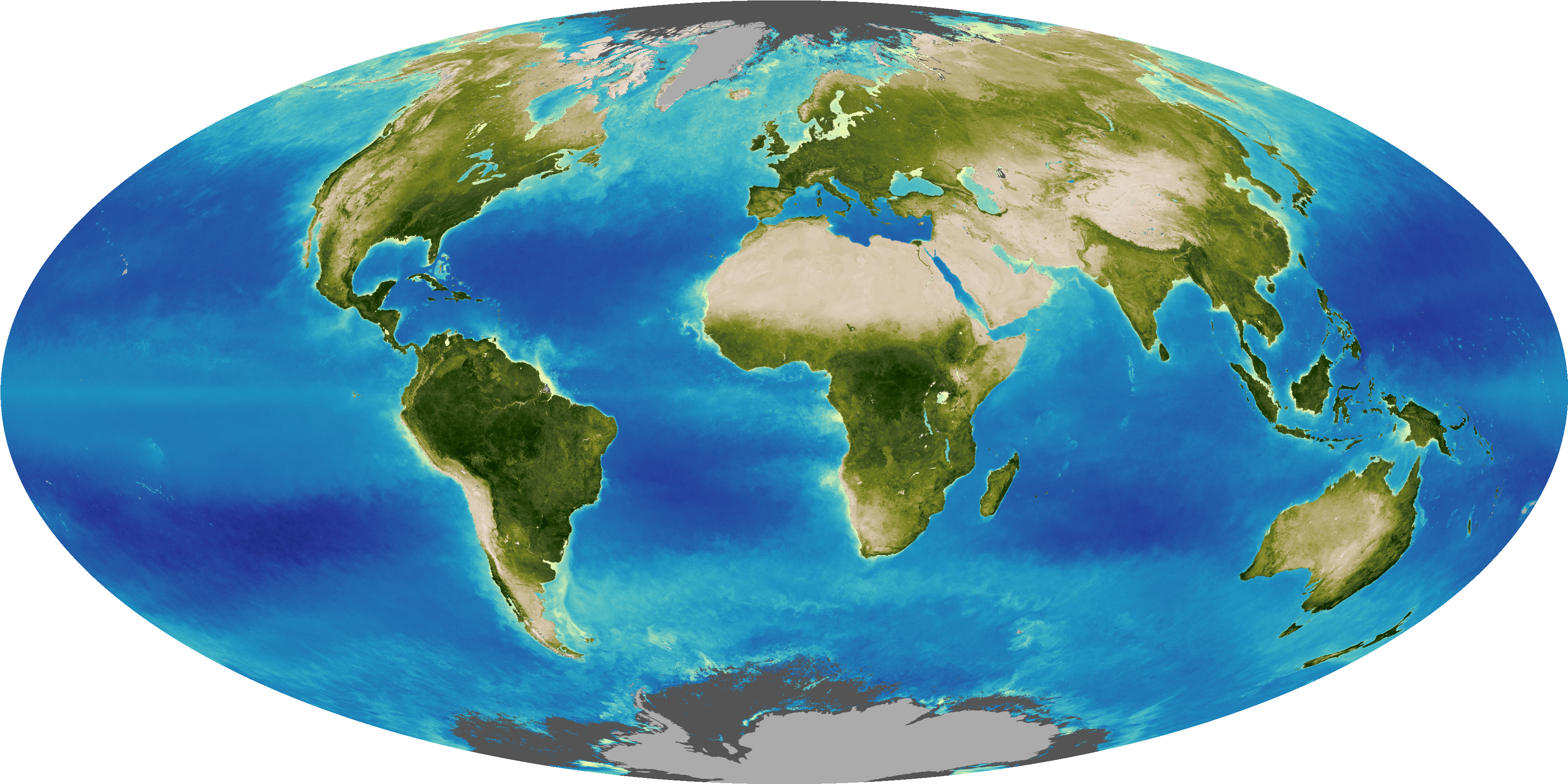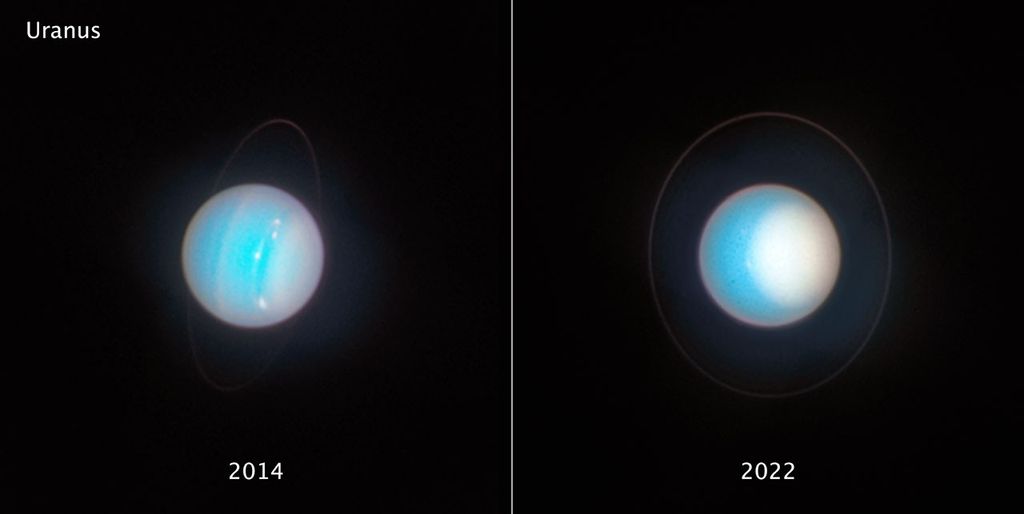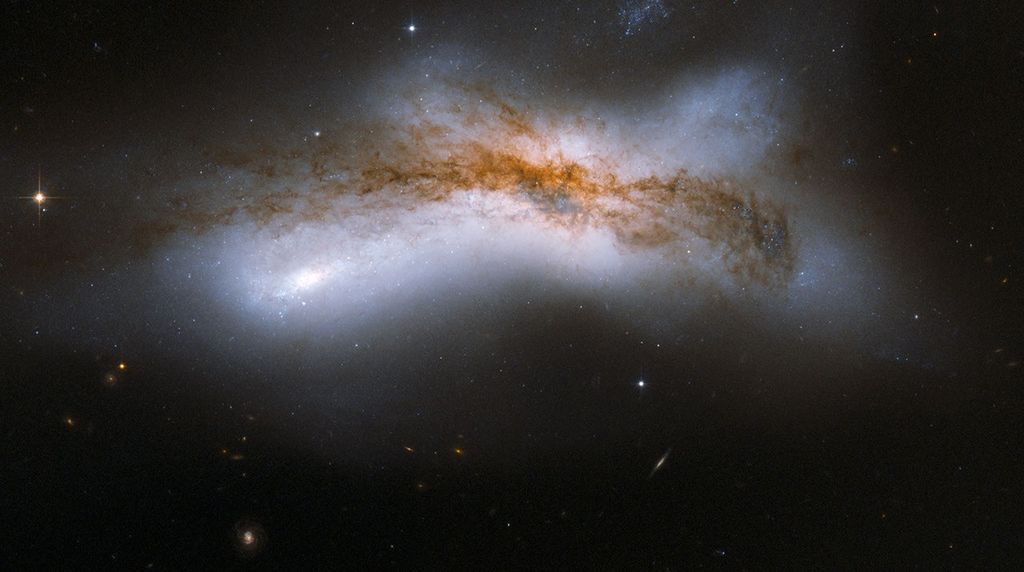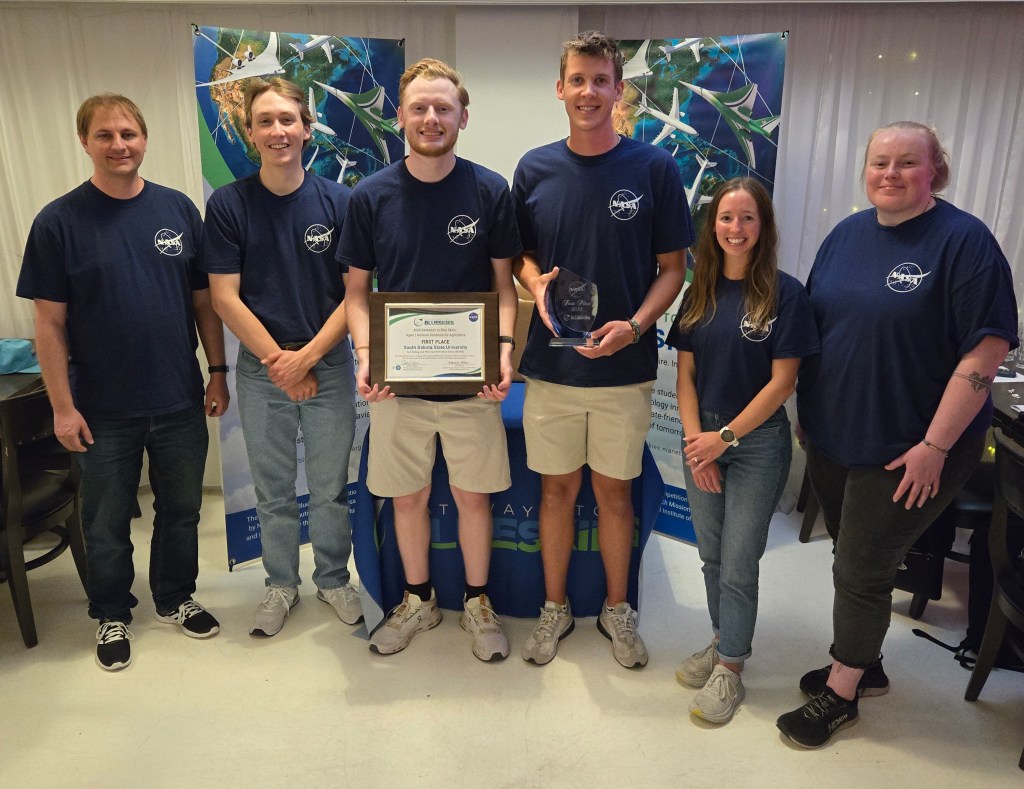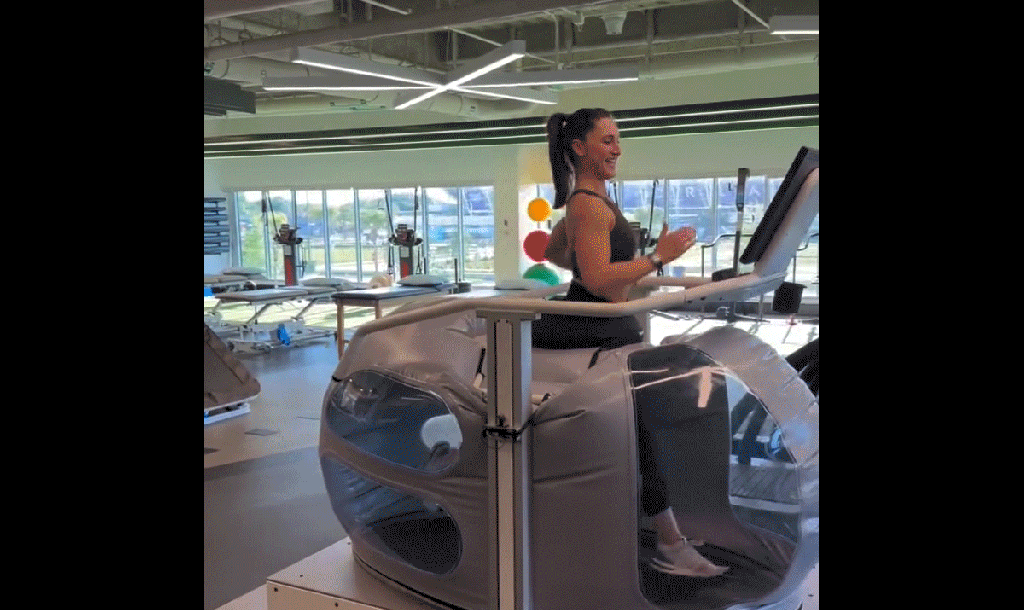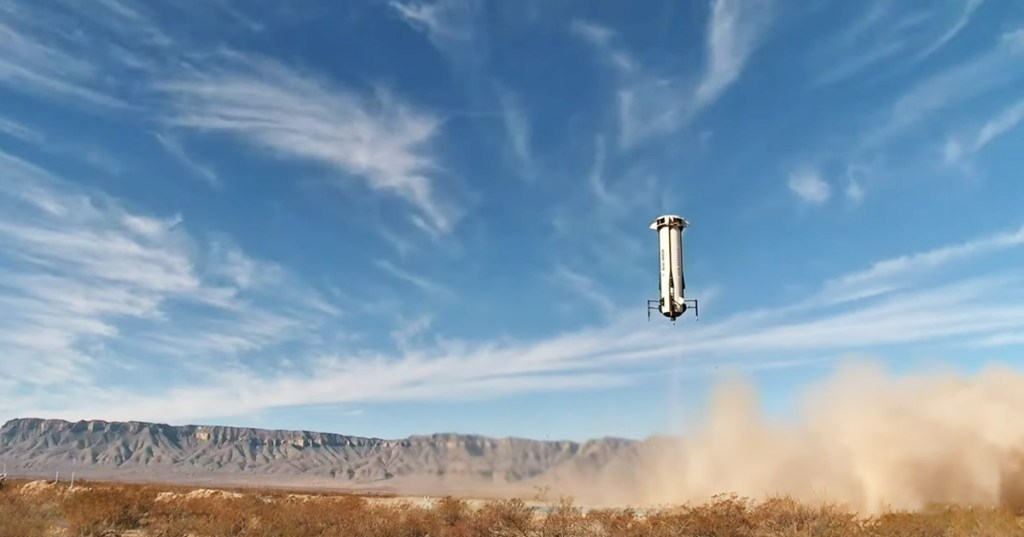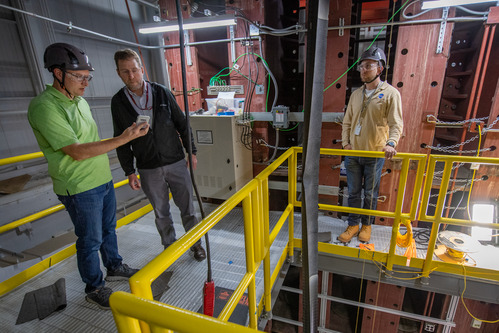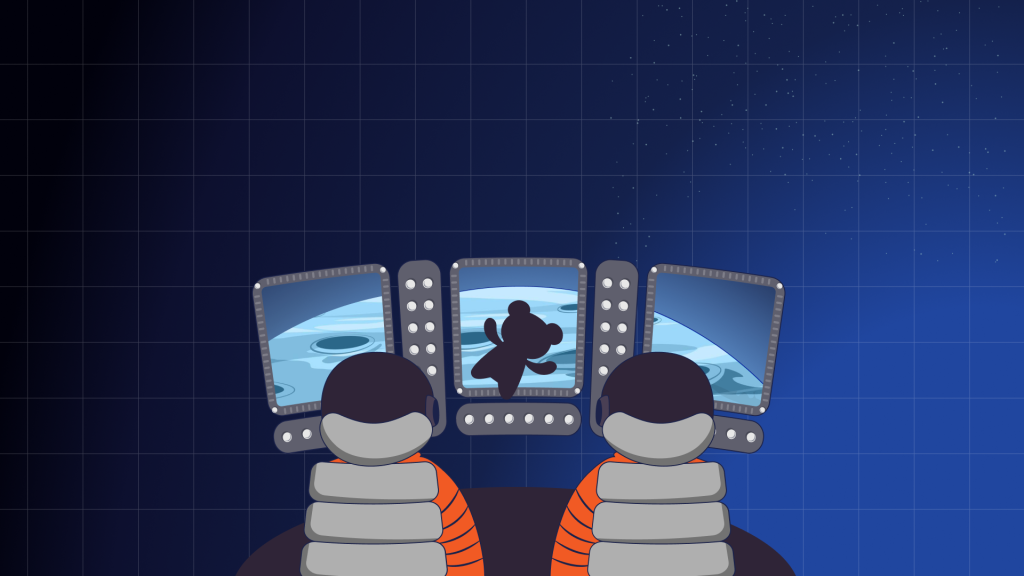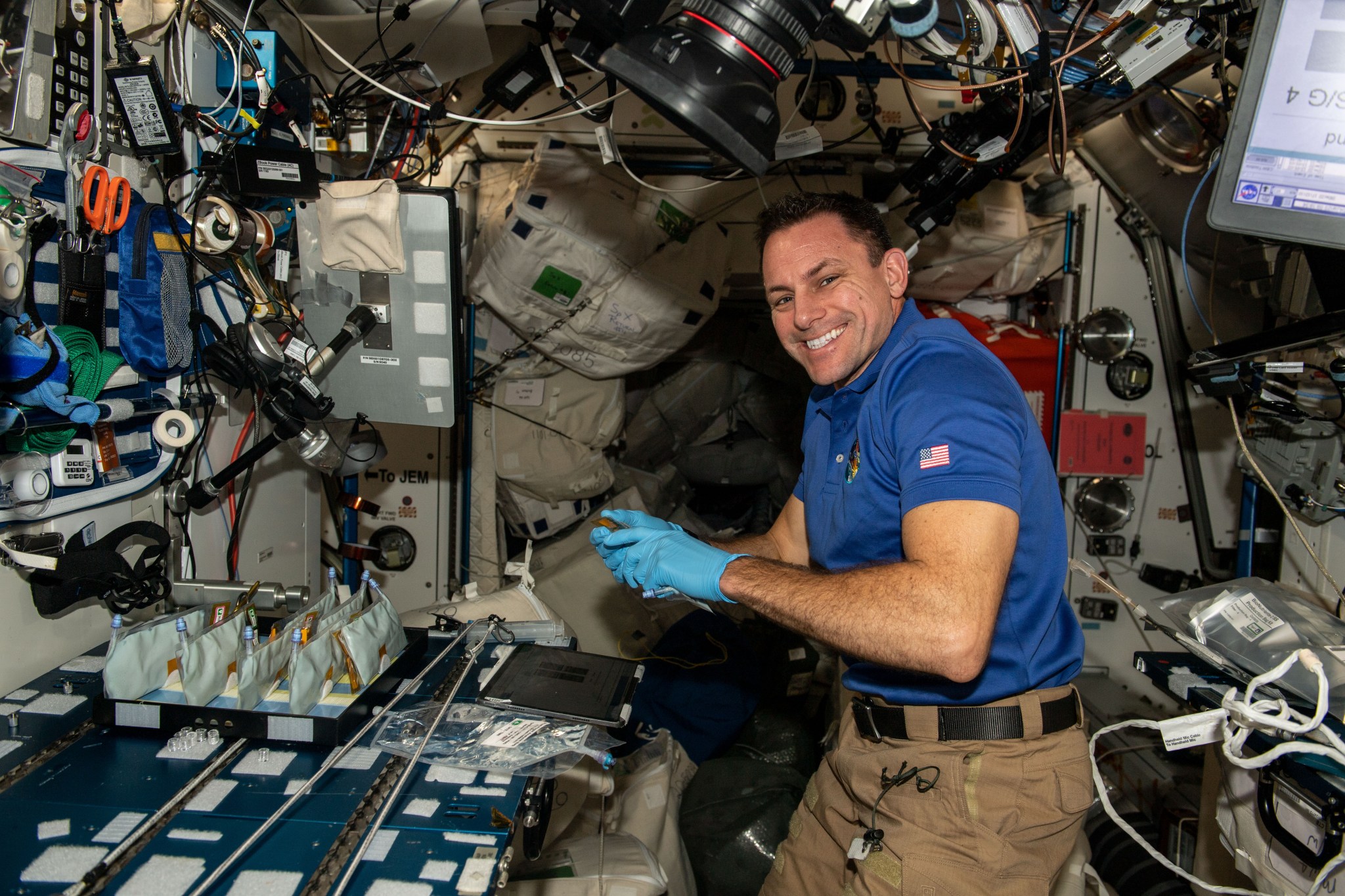
Students from Dr. Martin Luther King Jr. School No. 9 in Rochester, New York, will have an opportunity this week to hear from a NASA astronaut aboard the International Space Station.
The space-to-Earth call will air live at 9:55 a.m. EST Friday, Feb.10, on NASA Television, the NASA app, and the agency’s website.
NASA astronaut Josh Cassada, who earned a doctorate in experimental high-energy physics from the University of Rochester, will answer prerecorded questions from elementary school students. The event, hosted by the Rochester Museum & Science Center, and its Strasenburgh Planetarium and Cumming Nature Center, will offer students an opportunity to learn first-hand what it is like to live and work in space. U.S. Rep. Joe Morelle will deliver opening remarks.
Media interested in covering the event need to RSVP no later than 5 p.m. on Thursday, Feb. 9, to Lyndsay Houghton at: lhoughton@rmsc.org or 585-503-4457.
For more than 22 years, astronauts have continuously lived and worked aboard the space station, testing technologies, performing science, and developing the skills needed to explore farther from Earth. Astronauts living in space aboard the orbiting laboratory communicate with NASA’s Mission Control Center in Houston 24 hours a day through the Near Space Network Tracking and Data Relay Satellites (TDRS).
As part of Artemis, NASA will send astronauts to the Moon to prepare for future human exploration of Mars. Inspiring the next generation of explorers – the Artemis Generation – ensures America will continue to lead in space exploration and discovery.
See videos and lesson plans highlighting research on the International Space Station at:
https://www.nasa.gov/stemonstation
-end-
Katherine Brown
Headquarters, Washington
202-358-1288
katherine.m.brown@nasa.gov
Sandra Jones
Johnson Space Center, Houston
281-483-5111
sandra.p.jones@nasa.gov
Katherine Brown
Headquarters, Washington
202-358-1288
katherine.m.brown@nasa.gov
Sandra Jones
Johnson Space Center, Houston
281-483-5111
sandra.p.jones@nasa.gov

